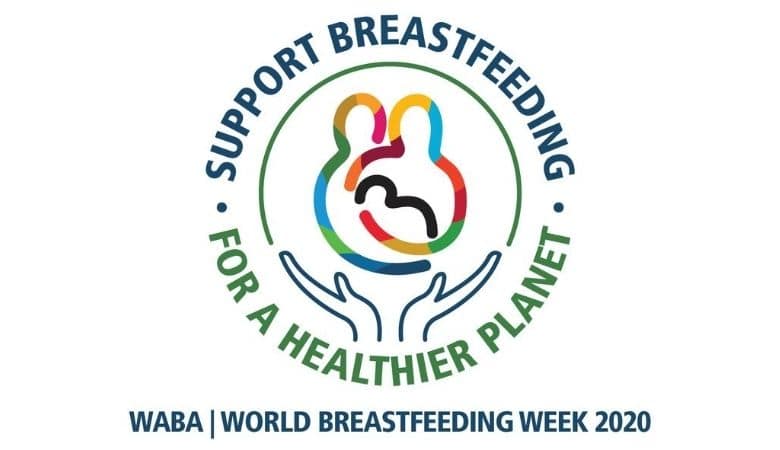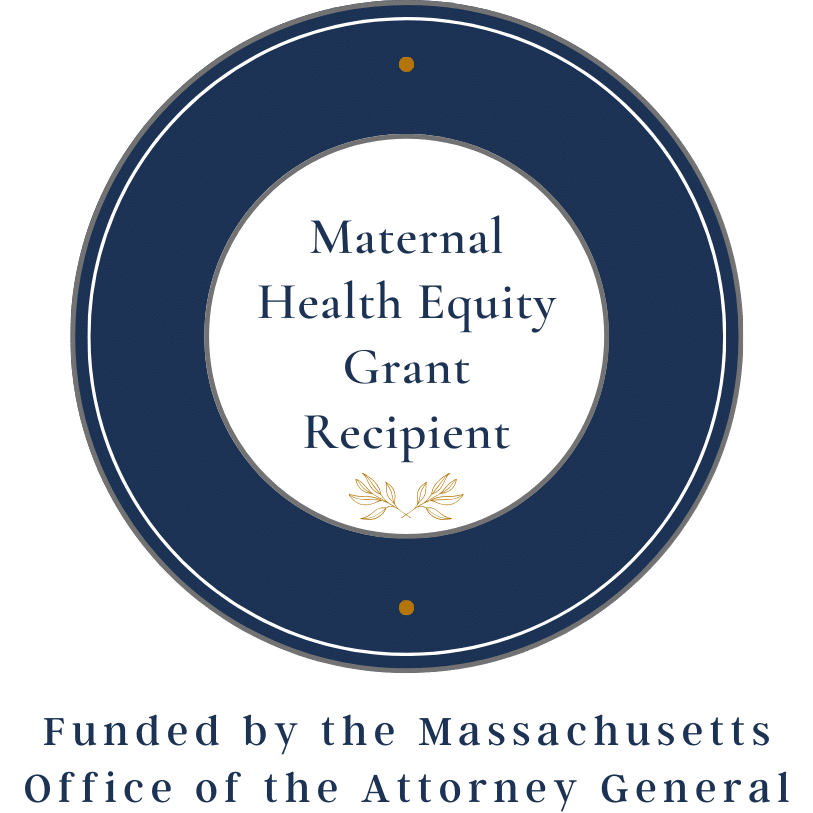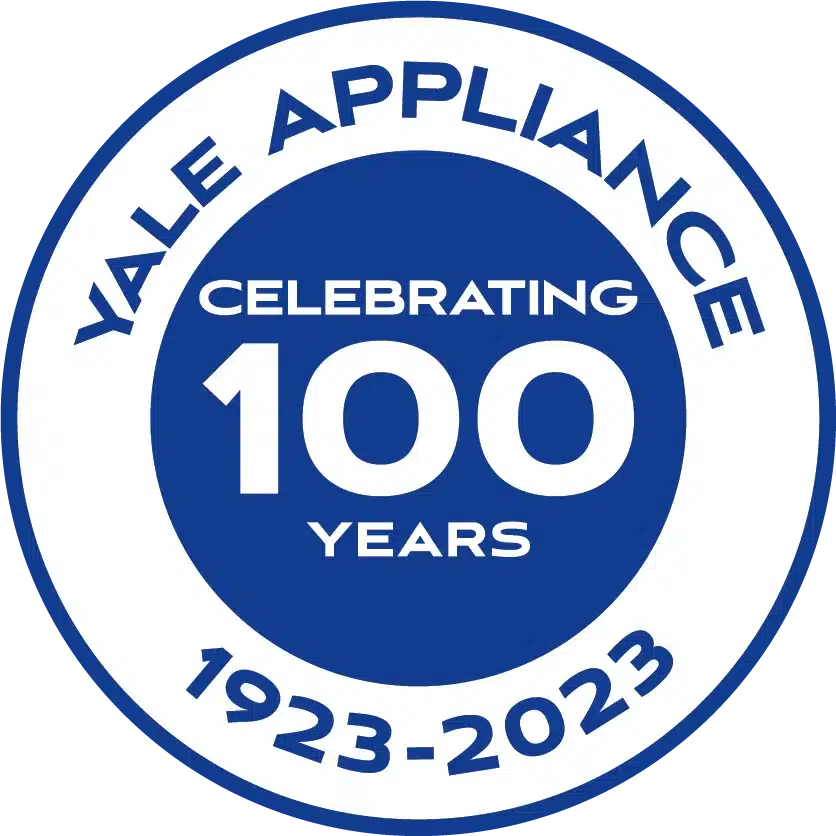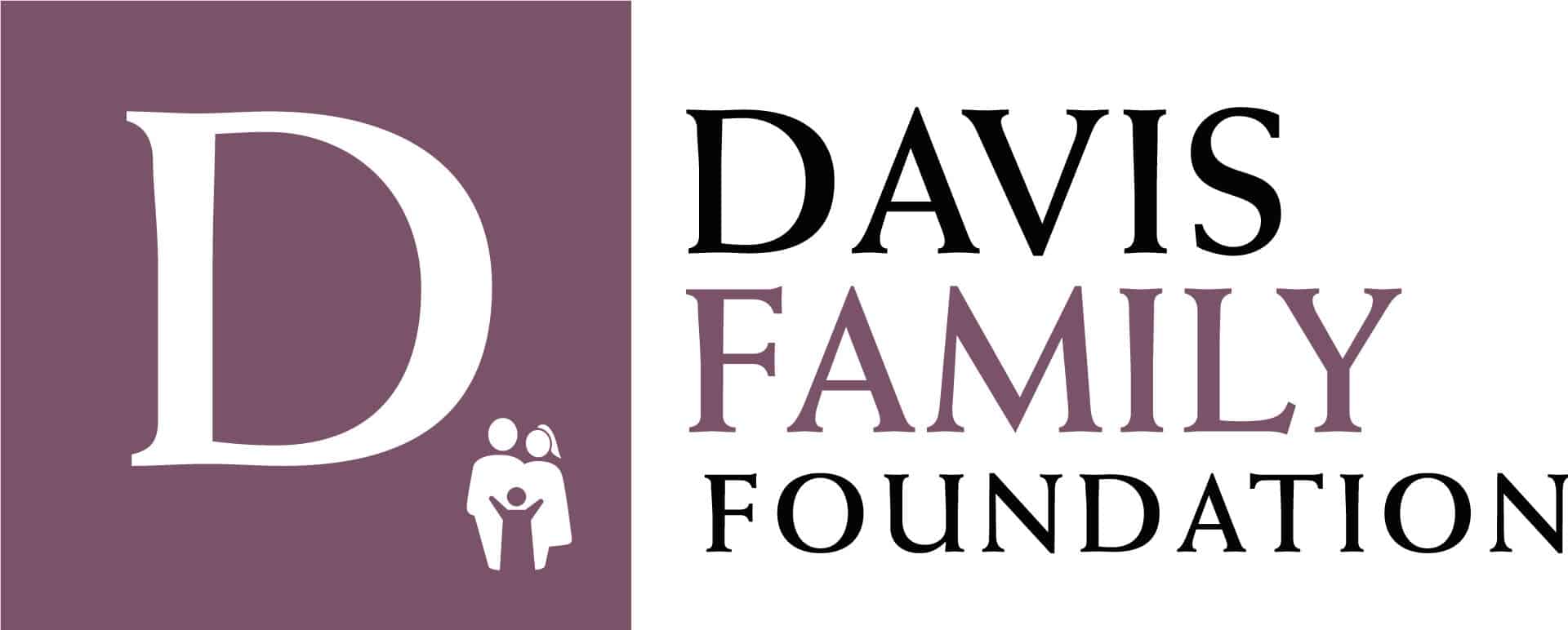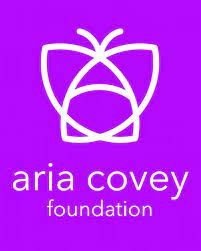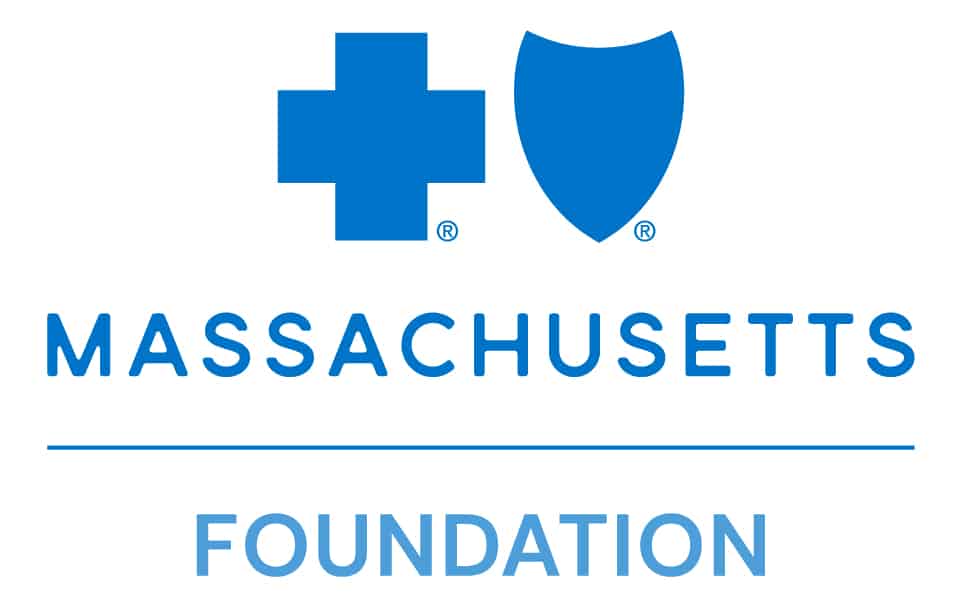That formula can be harmful for mothers and babies is well documented. It also harms Mother Earth. This year, World Breastfeeding Week 2020 is focusing our attention on the environmental sustainability of breastfeeding, a renewable resource with no carbon footprint.
As individuals, organizations, communities, and as a society, environmental impact is one consideration among many in our policy and personal decisions. For many reasons, our commitment to a safer, more sustainable environment often does not reflect itself in our purchasing decisions[1].
How does this apply to our corner of the world?
Production of formula involves:
- The dairy industry, which is responsible for a disproportionate amount of greenhouse gas emissions. According to industry estimates, the formula industry makes up over 10% of the dairy industry;
- Use of water and electricity for manufacturing;
- Plastic packaging that uses petroleum, water, and known toxins in production. The packaging is not biodegradable and is most often discarded in landfill. Even recycling, increasingly difficult to do, requires water, electricity, and other resources.
By contrast,
“Breastmilk is environmentally sustainable. . . . Breastfeeding uses none of our planet’s scarce natural resources or raw materials. Instead, breastmilk is a valuable natural resource in its own right.” [2]
What about pumping?
There is very little research on the environmental impact of pumps and pumping. Consider[3]:
- Breast pumps are a $1.9 billion global industry[4] and growing. This is attributed in part to a growing number of new mothers in the workplace and away from their babies, and inadequate maternity leave;
- Many pumps cannot be shared and so are used by one mother for a few months then discarded;
- Women often use and discard more than one pump before they find the one that works best for them;
- Pumps require electricity or batteries, which contain toxic substances and are difficult to recycle;
- Manufacture of pumps requires water, electricity, plastic, and heavy metals;
- Cleaning and sterilizing pump parts requires water and electricity;
- Milk is often pumped into plastic, non-recyclable, non-biodegradable bags.
Breast pumps are crucial for breastfeeding success and infant health, particularly for fragile and premature babies who may be several weeks old before they can take food orally, and for babies whose mothers have little or no paid leave from work after birth.
What about milk banks?
Milk banks rely on mothers’ pumped milk to help fragile, premature, and other babies whose mothers cannot fully feed them. As a health care service and food manufacturer, we use dry ice, Styrofoam cooler boxes, electricity, water, masks, gloves, and other disposable personal protective equipment to ensure that our processes are safe. We recycle and launder the supplies that we can, discard what we cannot.
Nonprofit missions and for-profit mandates
Use of donor milk is one aspect of breastfeeding support. A milk bank’s mission is supporting, promoting, and protecting breastfeeding in multiple ways—through direct breastfeeding support, collaborations with WIC, local and online breastfeeding support platforms, community and legislative advocacy.
For-profit corporations are mandated to make a return on stockholders’ investments. This leads to a constant need to expand markets and increase sales. Corporations, in our case formula and pump companies, do not pay the costs of individual health and environmental damage caused by their products and their expanding markets beyond need. These factors create a strong disincentive for companies to spend some of their considerable resources to support breastfeeding, advocate for paid parental leave, seek more sustainable ways to produce their products, and limit their use to medically necessary situations. It is, quite simply, bad for business.
Promoting and supporting breastfeeding
History has taught us that there will always be need for non-maternal infant feeding, and therefore need for some formula, breast pumps, and milk banks. Our role as milk banks, breastfeeding supporters, and advocates is to work together with individuals, families, communities, and governments at all levels to promote and support breastfeeding, and less need for formula, pumps, and milk banks—for the sake of our babies, our mothers, our planet.
[1] O’Rourke, D and Ringer, A. “The Impact of Sustainability Information on Consumer Decision Making.” Journal of Industrial Ecology, August 2015.
[2] Linnecar, A, Gupta, A, Dadhich, JP and Bidla, N. Formula for Disaster: Weighing the Impact of Formula Feeding Vs Breastfeeding on Environment, BPNYI/IBFAAN Asia 2014
[3] Becker, G and Ryan-Fogarty, Y. “Reliance on Pumped Mother’s Milk Has an Environmental Impact,” Children 2016, 3, 14
[4] Breast Pump Market Size, Share & Trends Analysis Report By Product (Open, Closed), By Technology (Manual, Battery Powered, Electric), By Application (Personal Use, Hospital Grade), By Region, And Segment Forecasts, 2020 – 2027 Grand View Research 2020 https://www.grandviewresearch.com/industry-analysis/breast-pumps-market accessed 7/20/2020
